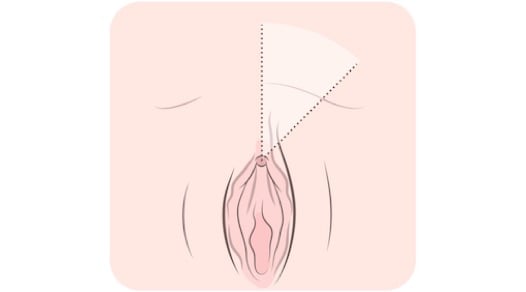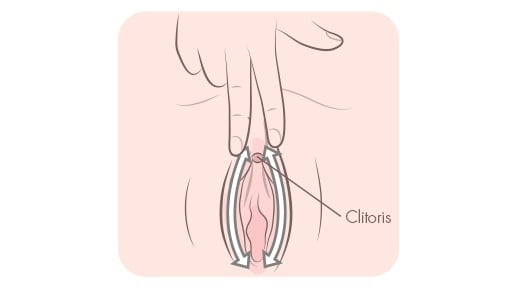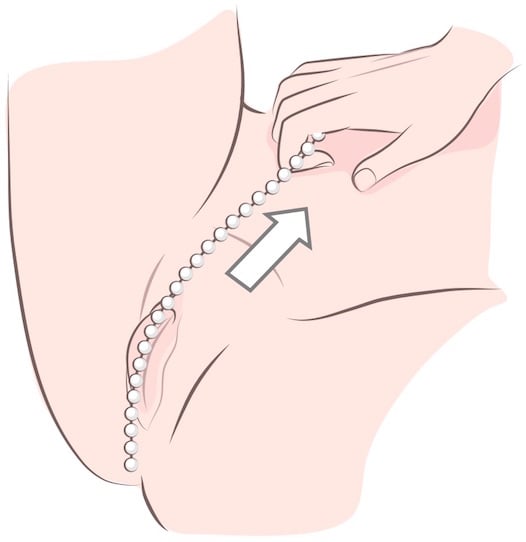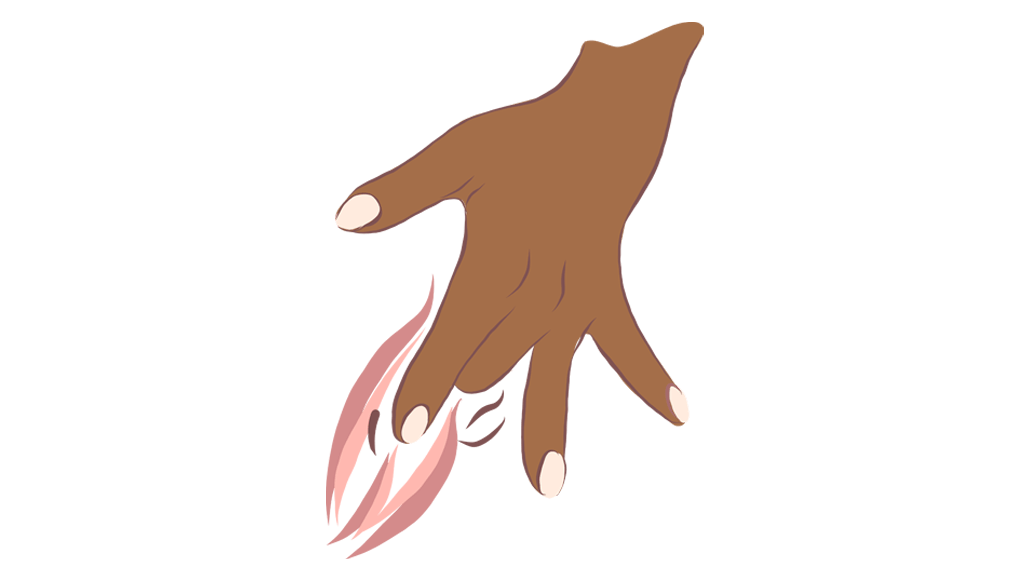Masturbation is a normal, healthy part of sexuality for many women. It can reduce stress, improve sleep, boost mood, and deepen your connection with your own body. This guide focuses on safe, non-judgmental, body-positive self-pleasure — without shame, pressure, or unrealistic expectations.
These 9 tips won’t tell you “exactly how to touch yourself.” Instead, they help you create the right mindset, environment, and body awareness so that self-pleasure supports your overall health and wellbeing.
Popular Masturbation Techniques
Here are commonly referenced technique names that many women explore. These are listed for awareness only — without any graphic detail:
- Up & Down

- The Long Slow Stroke

- From Side to Side

- Fantastic Fun With Four Fingers

- U-Spot


- Shower-Head Stimulation

- Under the Hood

- Hood Life

- Orgasmic Meditation

- The Squeeze

- Labia Touching

- Pillow Grinding

- Pearl Technique

- Vibrator Play
1. Understand Your Anatomy
[INSERT IMAGE: Simple labeled vulva diagram]
Many women were never taught the basics of their own anatomy. Knowing the difference between the vulva (outside) and the vagina (inside) helps you explore safely and confidently.
- Vulva: Includes the labia, clitoris, urethral opening, and vaginal opening.
- Clitoris: A highly sensitive structure with thousands of nerve endings, mostly responsible for sexual pleasure.
- Vagina: The internal canal — it is self-cleaning and does not need internal washing.
Taking time to look at yourself with a mirror, gently exploring the outer areas, can transform self-pleasure from something “mysterious” into something you feel in control of.
2. Start With Relaxation, Not Performance
[INSERT IMAGE: Woman resting on bed, soft lighting]
One of the biggest barriers to pleasure is pressure — “I must orgasm” or “Why isn’t this working?”. Before you touch your body, focus on relaxation:
- Dim the lights or choose a time when you won’t be interrupted.
- Take a few slow, deep breaths to release tension in your shoulders and jaw.
- Remind yourself: there is no goal except feeling comfortable and curious.
When your nervous system is calmer, blood flow improves and your body is more receptive to gentle, pleasant sensations.
3. Add Comfort: Position, Privacy, and Warmth
[INSERT IMAGE: Cozy bedroom scene with blankets and pillows]
The right environment can change everything. Discomfort, cold, or fear of being walked in on can shut pleasure down.
- Choose a comfortable position — lying on your back, side, or semi-reclined.
- Use pillows to support your back, knees, or hips if you have pain or tension.
- Ensure privacy as much as possible: phone on silent, door closed, or a time when you’re alone.
- A warm shower or bath beforehand can relax muscles and make you feel more at ease.
4. Use Lubrication for Comfort
[INSERT IMAGE: Bottle of water-based lube on nightstand]
Friction can quickly turn from pleasant to uncomfortable, especially if you’re stressed, tired, on certain medications, breastfeeding, or in hormonal transition (like perimenopause).
- Choose a water-based, fragrance-free lubricant designed for vulvas.
- Avoid perfumed products, body lotions, or harsh gels that can irritate delicate skin.
- If you notice burning or itching with any product, rinse gently with water and discontinue use.
Lubrication doesn’t mean anything is “wrong” with your body — it’s simply a tool for comfort and pleasure.
5. Explore Gently and Listen to Feedback
[INSERT IMAGE: Hand resting gently on lower abdomen]
Instead of “doing a technique,” think of self-pleasure as curious exploration. Your body will give you feedback: warmth, tingling, relaxing, or sometimes discomfort.
- Start with light touch around your thighs, hips, and lower belly.
- Move gradually toward the vulva, noticing what feels neutral, pleasant, or too intense.
- If something hurts or feels irritating, stop or change pressure/area immediately.
- There is no correct speed, rhythm, or pattern — what matters is how your body feels.
Over time, you’ll learn which areas enjoy more focus and which prefer a gentler, more indirect touch.
6. Involve Your Senses and Imagination
[INSERT IMAGE: Woman with headphones on, eyes closed]
Pleasure is not just physical — it’s deeply connected to your brain and emotions. Engaging your senses can make self-pleasure feel more whole and satisfying:
- Play music that makes you feel confident, calm, or sensual.
- Use soft fabrics, a warm blanket, or dim lights to create a sense of safety.
- Focus on fantasy, memories, or stories that make you feel emotionally and mentally engaged, not pressured.
If anything you imagine makes you feel anxious or ashamed, gently pause and bring your focus back to your breath and body.
7. Drop the “Perfect Orgasm” Myth
[INSERT IMAGE: Illustration of different wave-like orgasm patterns]
Movies and porn often show orgasms as loud, dramatic, and identical every time. Real bodies are different. Some women:
- Experience a slow, warm build-up.
- Feel brief, sharp waves of pleasure.
- Have small, gentle orgasms or pleasure peaks that feel more like “relief” than fireworks.
- Sometimes don’t orgasm at all, but still enjoy the process.
Masturbation is still valuable even without a big “finish.” The goal is to feel connected, relaxed, and respected by yourself.
8. Practice Aftercare: Be Kind to Your Body
[INSERT IMAGE: Woman sipping water and smiling softly]
After self-pleasure, your nervous system often shifts into a calm, sleepy state. Taking a moment for aftercare reinforces that your sexual self is worthy of tenderness.
- Gently rinse the vulva with warm water if you used products or toys.
- Hydrate and rest if you feel sleepy or emotionally soft.
- Notice any emotions that arise — relief, sadness, joy — without judgment.
- Remind yourself: there is nothing dirty or wrong about taking time for your own pleasure.
9. Know When to Talk to a Professional
[INSERT IMAGE: Calm clinic or telehealth consultation illustration]
If masturbation consistently feels painful, upsetting, or confusing, reaching out for help is a sign of strength — not failure.
- Pain, burning, or bleeding during or after self-touch.
- Frequent urinary or vaginal infections.
- Complete lack of sensation in the vulva or clitoris.
- Strong feelings of guilt, shame, or self-disgust around pleasure.
A gynecologist, pelvic floor therapist, or mental health professional with experience in sexual health can help identify medical or emotional factors and offer supportive, non-judgmental care.
Key Takeaways
- Masturbation can be a healthy, normal way to explore your body and reduce stress.
- Comfort, relaxation, and safety matter more than any specific “technique.”
- There is no single “right” way to experience pleasure or orgasm.
- If something hurts or feels wrong, stop and consider speaking to a healthcare professional.
- Your pleasure, boundaries, and emotional wellbeing all deserve respect — especially from yourself.


